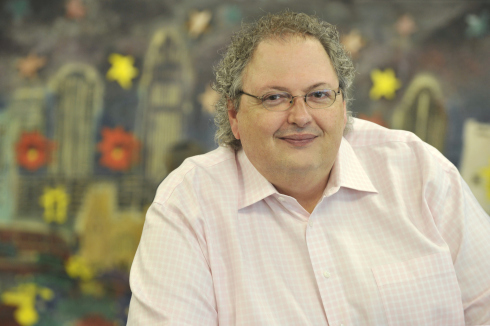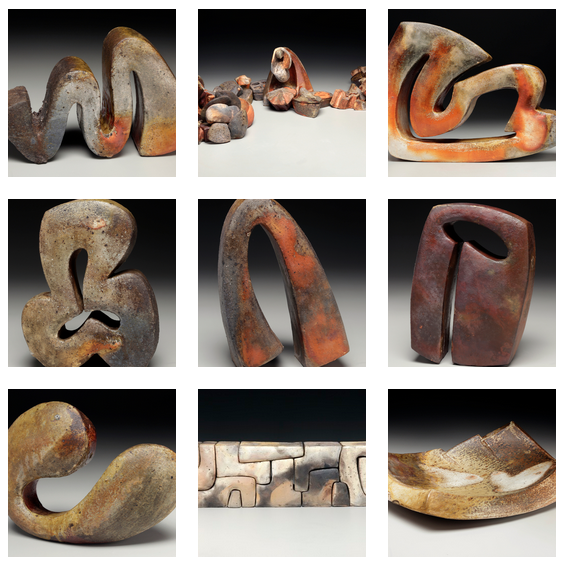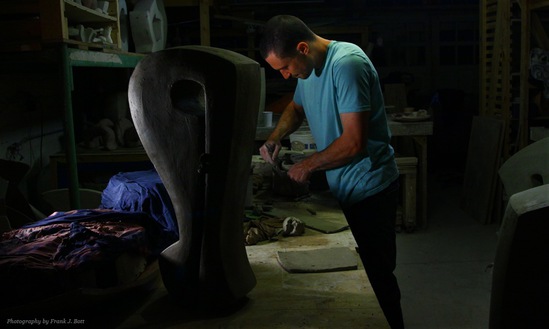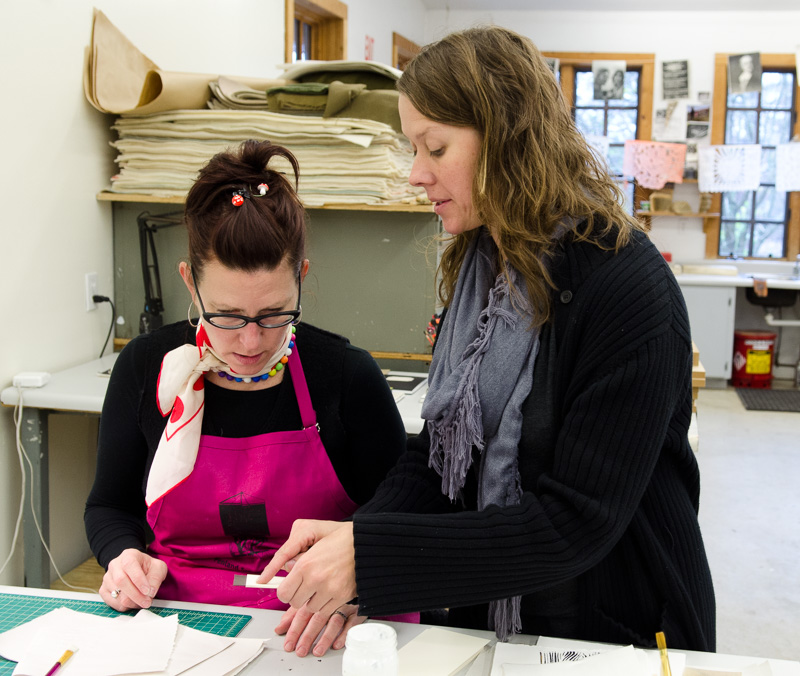
Rory Sparks first learned bookbinding in college, right at the end of her senior year. “[I] realized that I had spent four years studying something that wasn’t my passion; that actually, bookbinding was my passion,” she recalls. “I think it comes from really enjoying craft and precision…It just really spoke to me.” From there, Rory studied in England and sought out traditional binders that she could learn from. Instead of getting a Masters degree, she decided to piece together her own education by traveling and studying with a variety of artists and binders and printers. “I’ve learned from so many different people. I kind of take what’s important to me from each one and build my own philosophy around what I do and how I do it.”
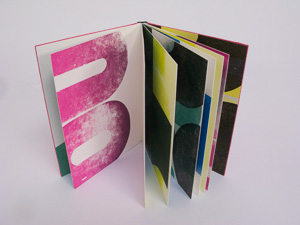
Twenty-something years later, Rory’s early passion for books has transformed into a deep well of knowledge, creativity, and enthusiasm for her field. She has spent time at the Minnesota Center for Book Arts and as a resident artist at the Oregon College of Art and Craft. She binds high-end books for collections and museums. She teaches courses and workshops to share her knowledge with students. And she founded Em-Space, a collective book and letterpress studio in Portland, Oregon that builds creative community and provides artists with access to tools like presses, foil stampers, and more.
Given her extensive background and excitement for teaching, we love having Rory here in the Penland studios. In 2013, she joined us as the master printer/bookbinder at the helm of our winter residency in print and letterpress. She came back in the spring of 2014 to lead a concentration that blurred the lines between letterpress and animation. And this November she’ll return to teach bookbinding, her original love. The class will focus on the versatile but exacting drum leaf binding structure, which makes a perfect canvas for the sort of imagery-heavy books that Rory gravitates towards in her own pieces. If you, too, want a new structure to show off your two-dimensional work, or you enjoy craft and precision, or you’d like to absorb knowledge from an expert binder—this week with Rory could be just the ticket. Register here for her drum leaf books class.
Drum Leaf Books
Rory Sparks
November 1-7, 2015
Explore the versatility of the drum leaf binding, an ideal format for 2D artists because it provides a page with unbroken imagery and no gutters. Each spread can be a print, painting, or photograph. This structure provides a simple, intuitive way of laying out a book, and it’s perfect for small editions. We’ll include several cover variations and many versions of stiff-leaf bindings and board books. Windows and wells will provide a wealth of opportunities for incorporating artwork and flat objects into these books. Come prepared to invent and push the boundaries of your book forms. All levels. Code F03B
Rory Sparks is a studio artist, edition binder, and printmaker. Her teaching includes the Oregon College of Art and Craft, the Pacific Northwest College of Art (Portland), and the Minnesota Center for Book Arts. She founded Em Space Book Arts Center (OR) and has been in exhibitions at the Tacoma Art Museum (WA) and the Portland Art Museum (OR).
Register here for Drum Leaf Books


